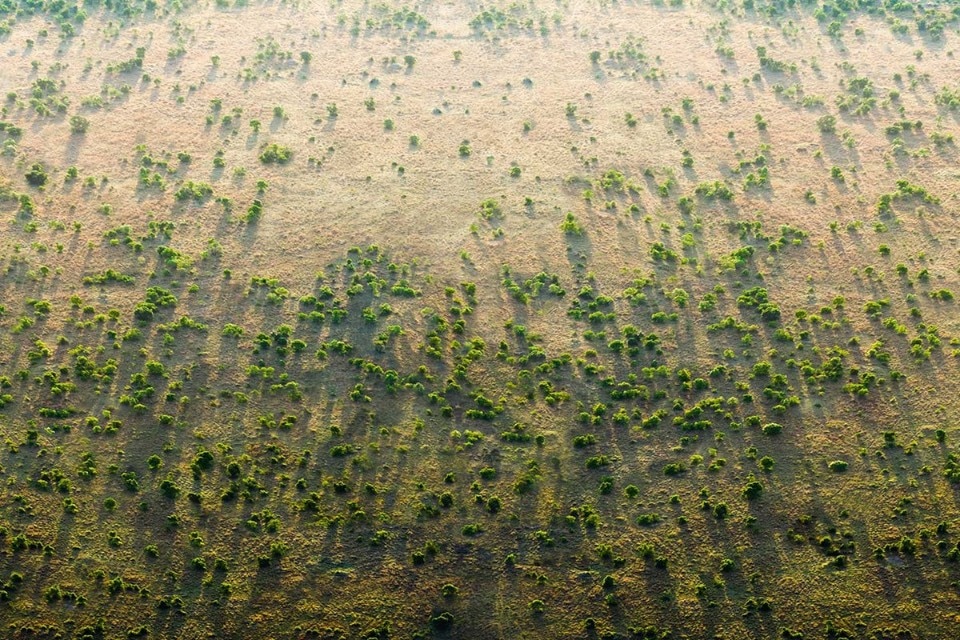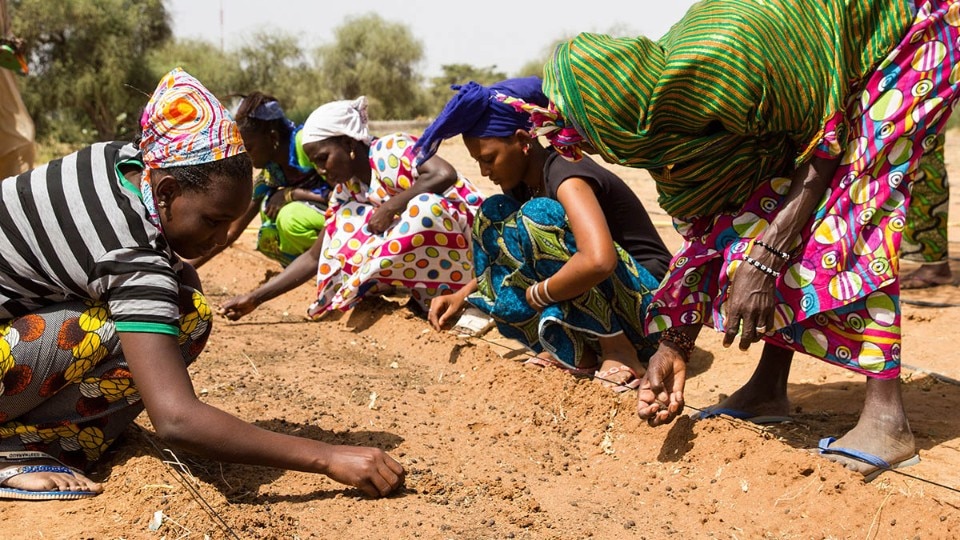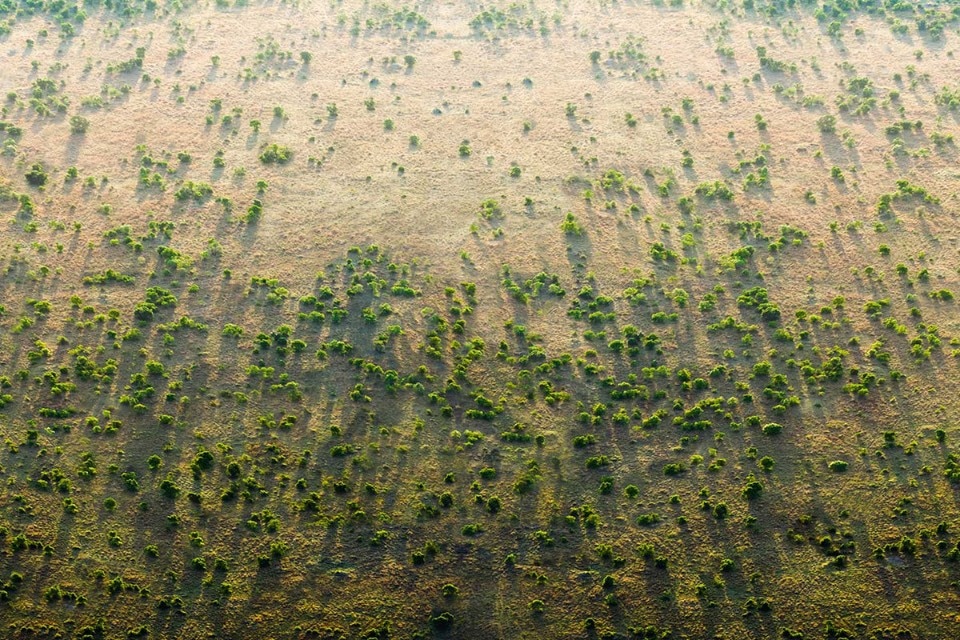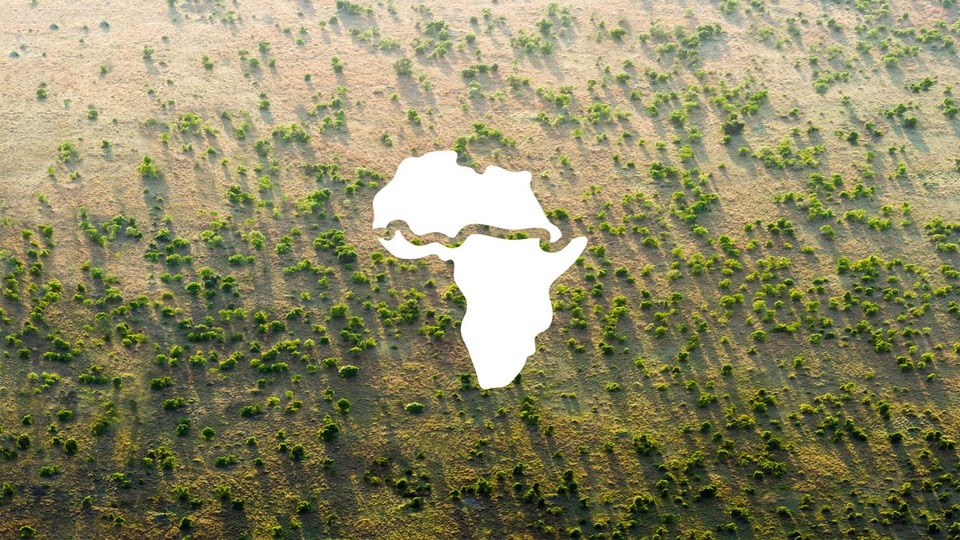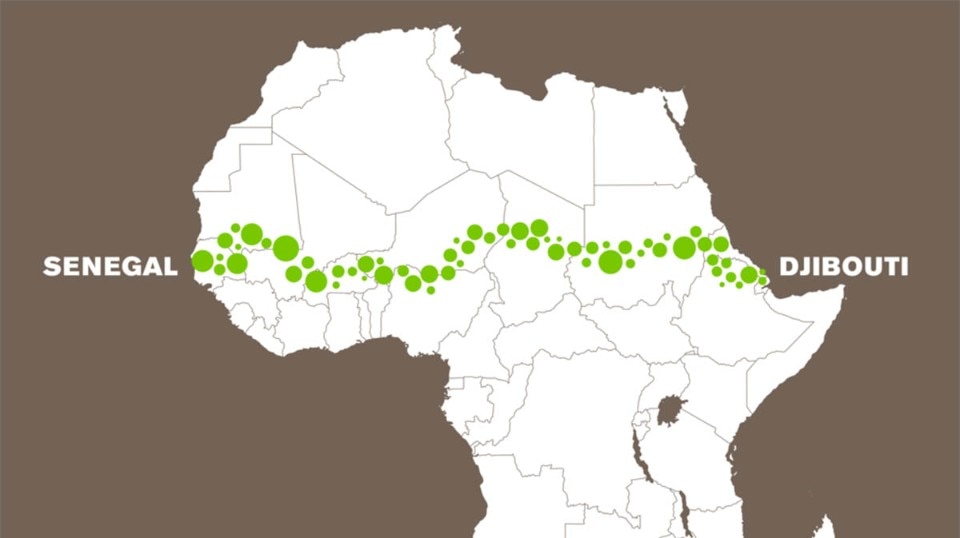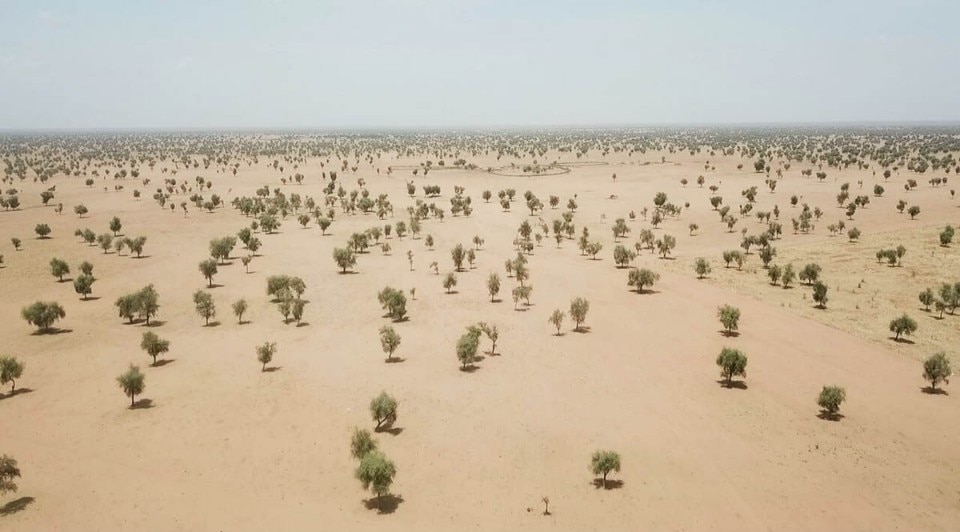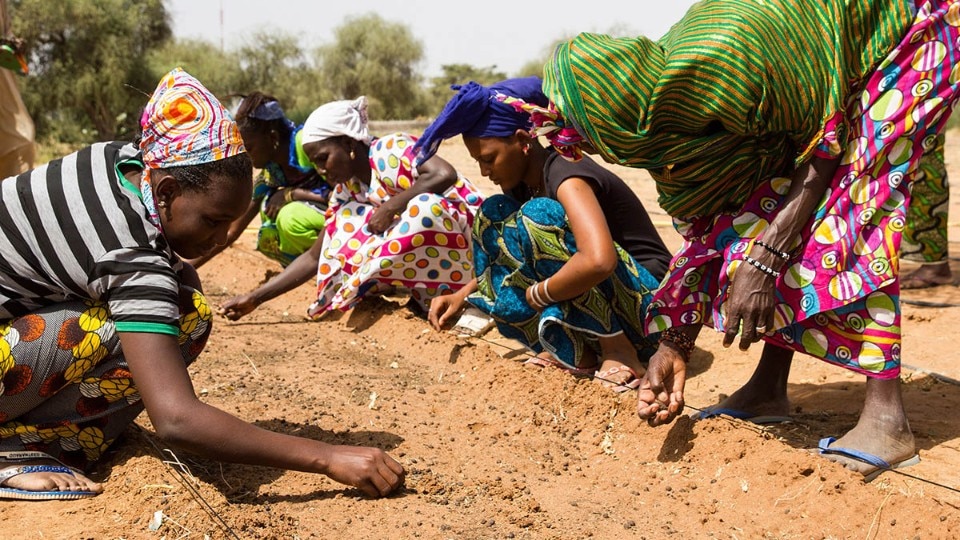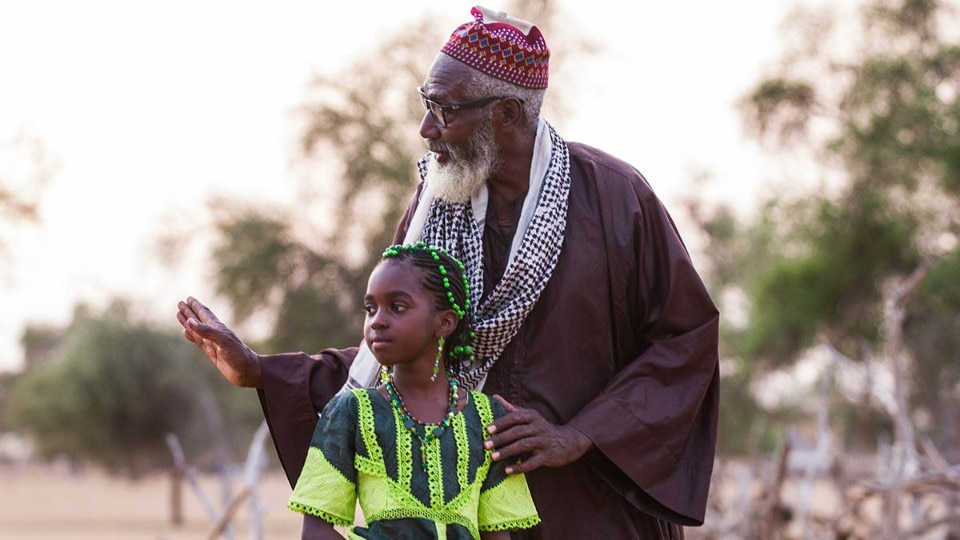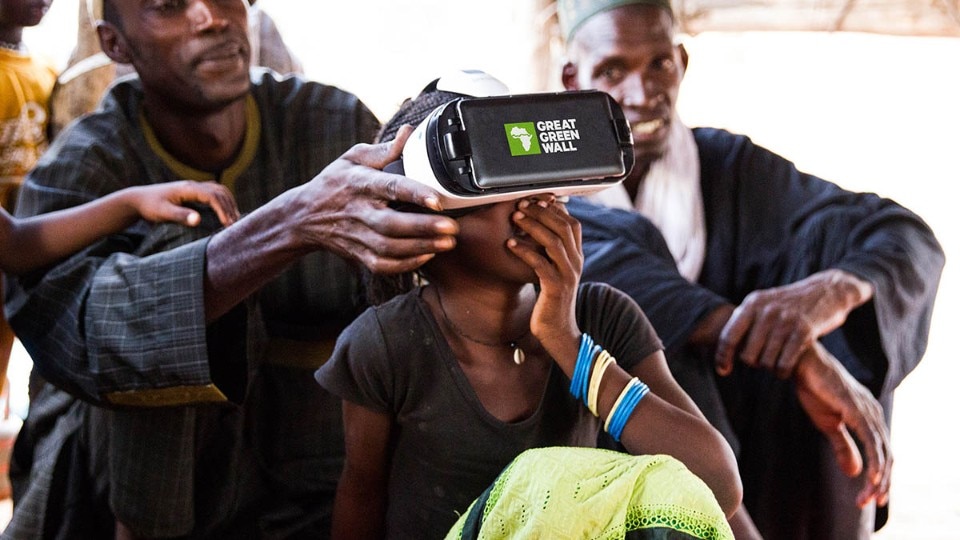An 8,000-kilometer tree belt across the entire width of Africa by 2030, 3 times the size of the Great Barrier Reef. The Great Green Wall Initiative (GGWI), an African-led movement with the support of the world’s leading intergovernmental organizations, is stil one of the most inspirational and urgent movements of our times. Launched in 2007, the initiative initially envisaged the continuous planting of millions of trees over a 15 km wide strip from Senegal to Djibouti. In 2013, the vision was reoriented towards a broad programme of sustainable ecosystem management and improving the living conditions of rural populations affected by land degradation.
The project’s goals include restoring 100 million hectares of land, capturing and storing 250 million tons of CO2 through vegetation, and creating 10 million jobs in rural areas while contributing to food security in one of the world’s most malnourished regions. In short, the Great Green Wall now includes several community-led projects, particularly in the field of regenerative agriculture.
But, at what point are we with the planting? To date, the Great Green Wall has helped to plant over 100 million trees and restore over 18 million hectares of land, but only 20 percent of the entire initiative has been implemented. “There is no doubt that progress and achievements over the last decade can only be consolidated and scaled up through a continued strong support”, said the Global Environment Facility (GEF), a family of funds dedicated to confronting biodiversity loss, climate climate change and pollution.. GEF has been with the initiative since the beginning, helping to convene country leaders at the headquarters of the United Nations Convention to Combat Desertification in Germany, involving the World Bank and other international organizations.
GEF provided more than $800 million in grants through diverse projects and programs and these investments have leveraged an additional $6 billion from national governments, development partners, and other multilateral sources in support of the GGWI.According to GEF, it is a winning project because it uses an “integrated landscape approach” that allows each country to address land degradation, climate change adaptation and mitigation, biodiversity, and forestry within its local context.
Water stress, or water shortage in certain areas of the Planet, affects one third of the world’s population.
The Great Green Wall is taking root in Africa’s Sahel region, at the southern edge of the Sahara desert - one of the poorest places on the planet. More than anywhere else on Earth, the Sahel is on the frontline of climate change and millions of locals are already facing its devastating impact. Persistent droughts, lack of food, conflicts over dwindling natural resources, and mass migration to Europe are just some of the many consequences. After all, water stress, or water shortage in certain areas of the Planet, affects one third of the world’s population. Since 2000, the planet’s arid areas have increased by about 30 percent.
And between 1979 and 2019, 650.000 drought-related deaths can be estimated worldwide.
Many in the media have cast the project as solely a tree-planting project and an attempt to halt the southward expansion of the Sahara Desert. Jean-Marc Sinnassamy, senior environmental specialist with GEF, said that the Great Green Wall initiative is much more nuanced than simply planting a belt of trees across the continent. “That has never been our vision,” he says. “In Niger, Mali, and Burkina Faso natural regeneration managed by farmers has yielded great results. We want to replicate and scale up these achievements across the region. It’s very possible to restore trees to a landscape and to restore agroforestry practices without planting any trees.” Sinnassamy also pointed out another misperception concerning the initiative. “We are not fighting the desert,” he says. “In the majority of the 11 countries involved, the desert is not advancing. Of course, there are some areas on the margins—for instance in Senegal, Mauritania, and Nigeria—where there are some sand movements. But from a geographic perspective, over time the desert has been relatively stable in this area.”
“There are many world wonders, but the Great Green Wall will be unique and everyone can be a part of its history. Together, we can change the future of African communities in the Sahel”, Dlamini Zuma, chairperson of the African Union Commission, said, implying that European countries should speed up the implementation of their environmental commitments in order to contribute concretely to the realization of the Great Green Wall. So that it does not remain just a big dream.


